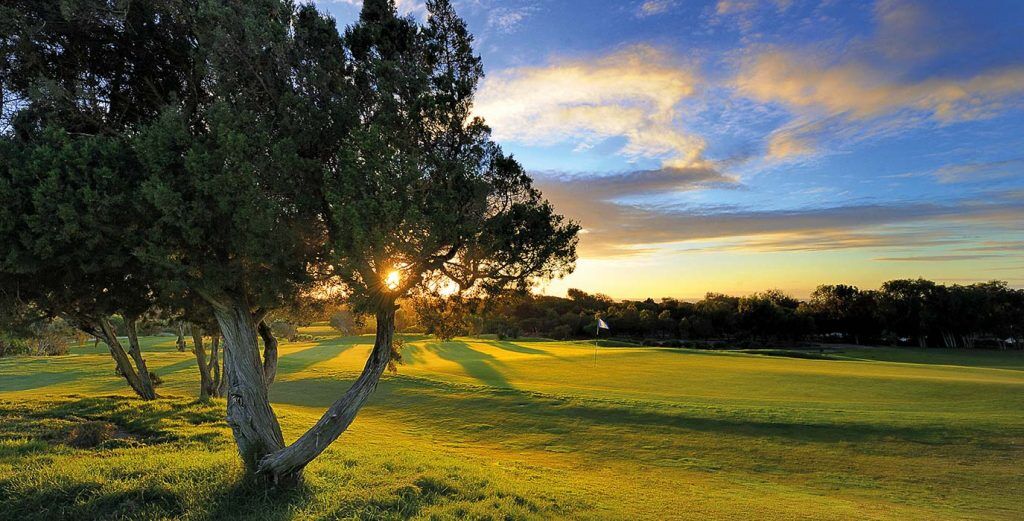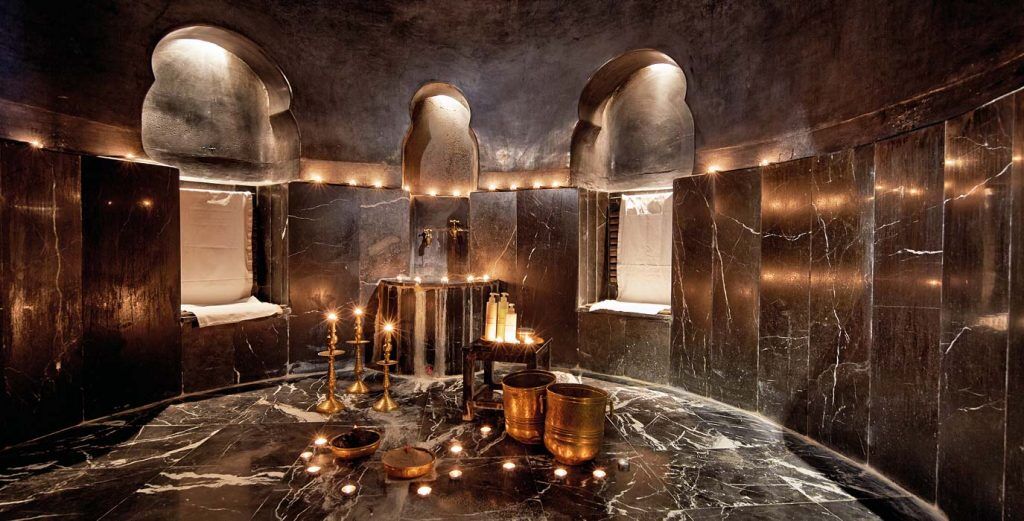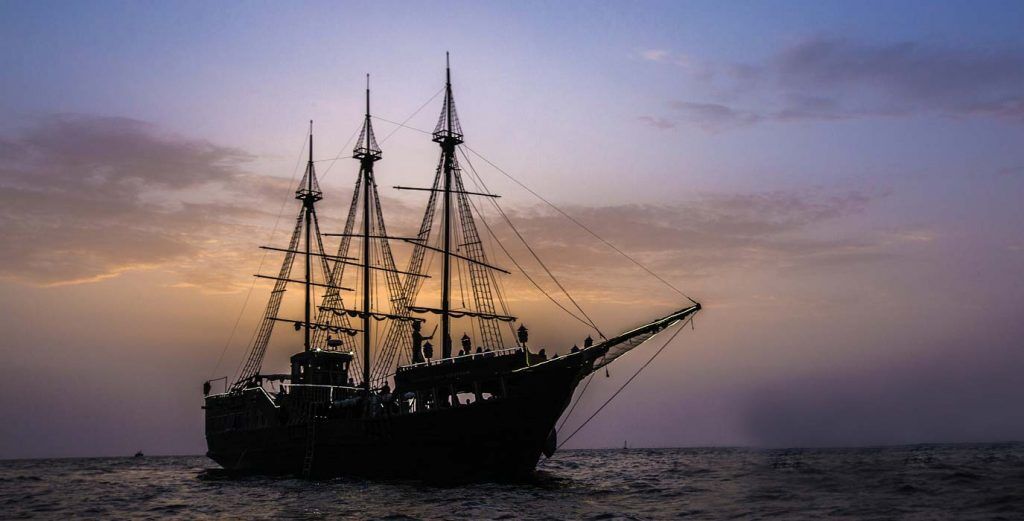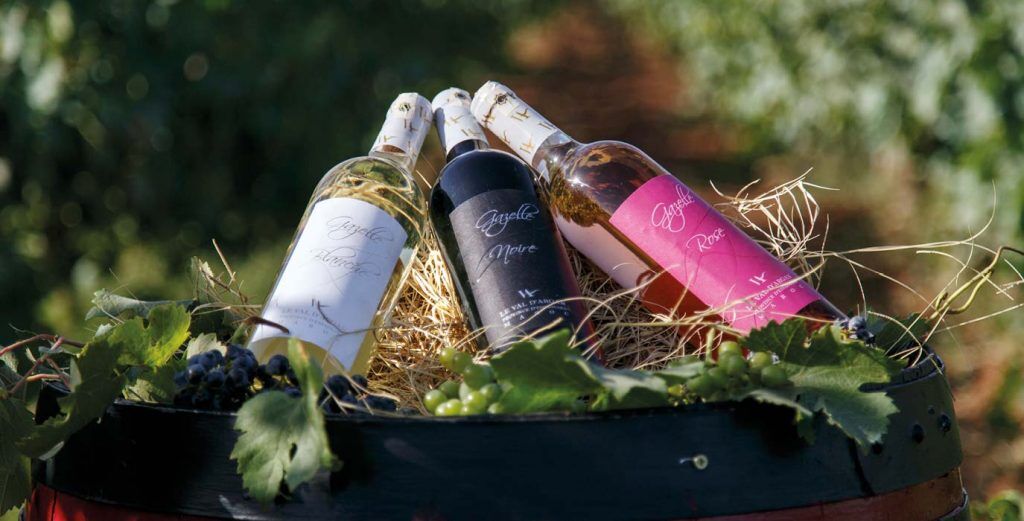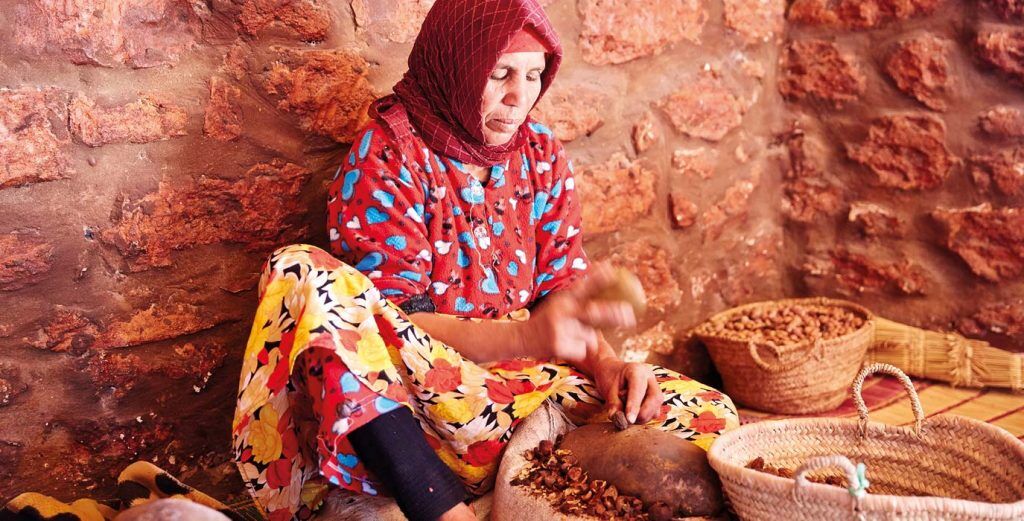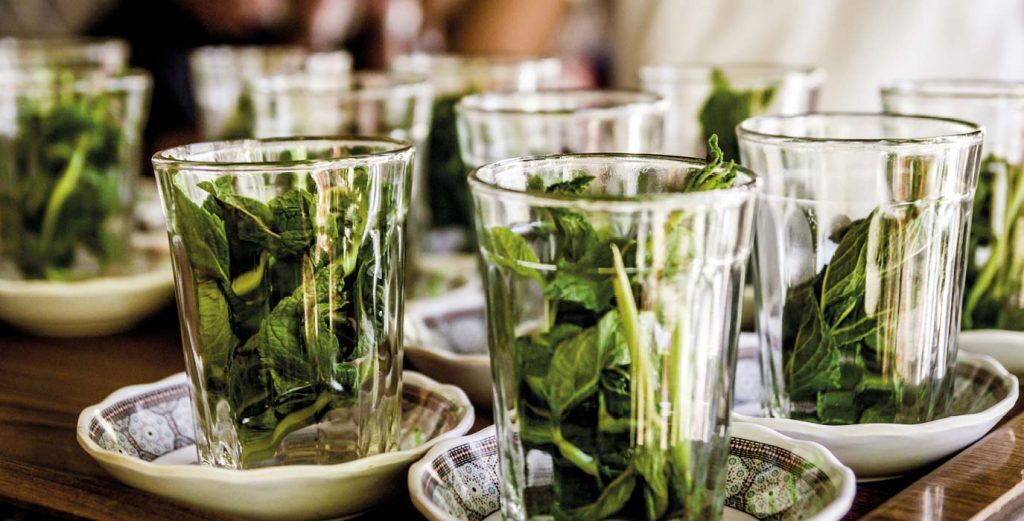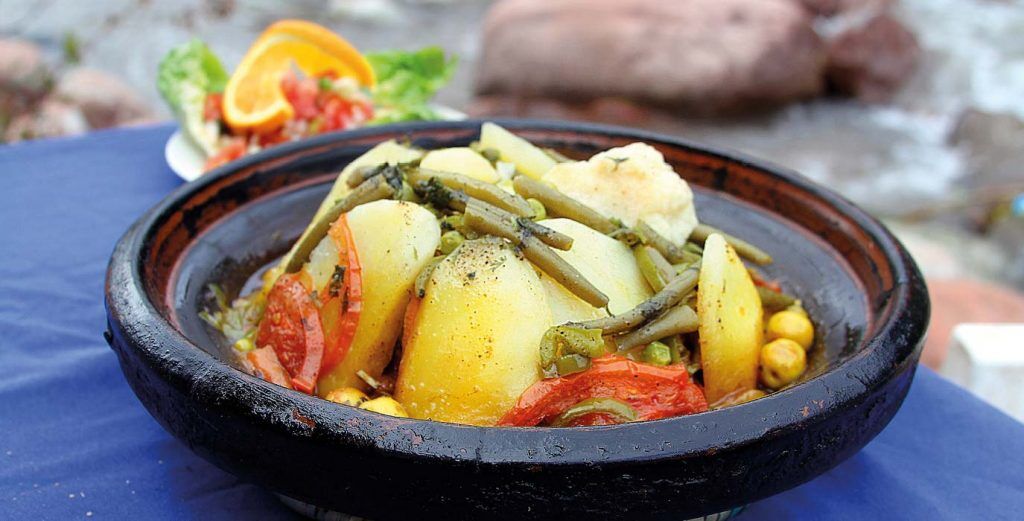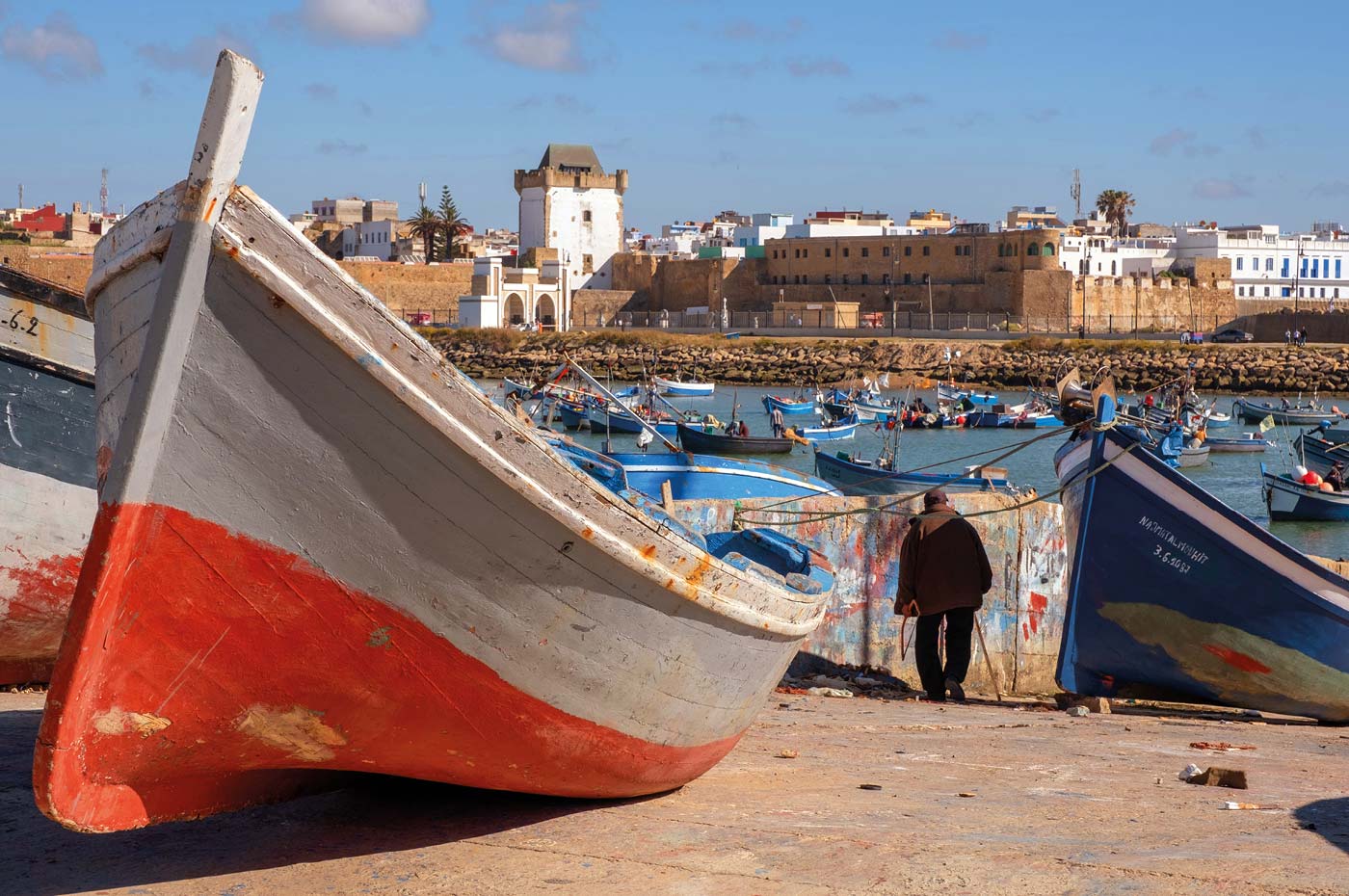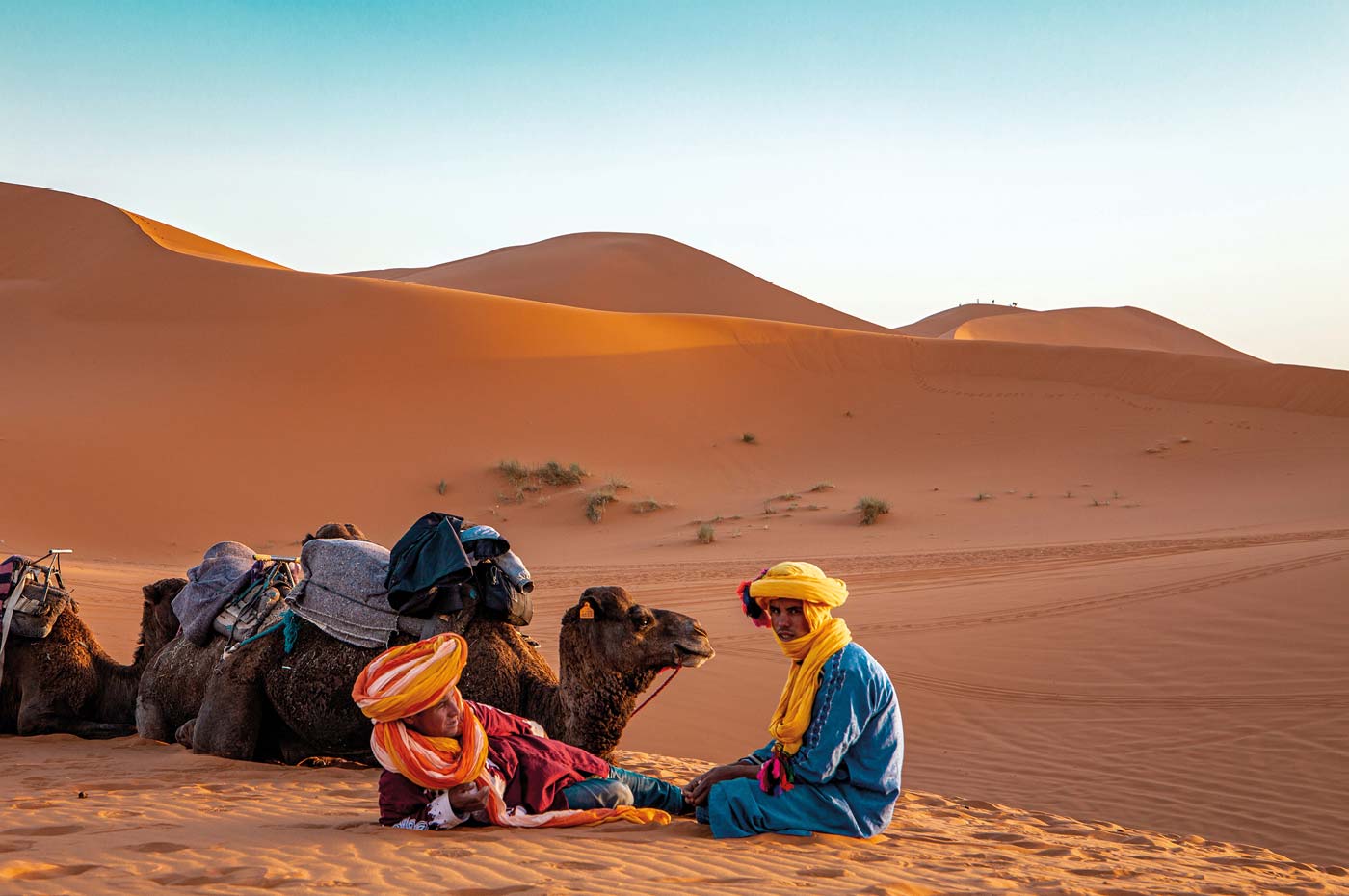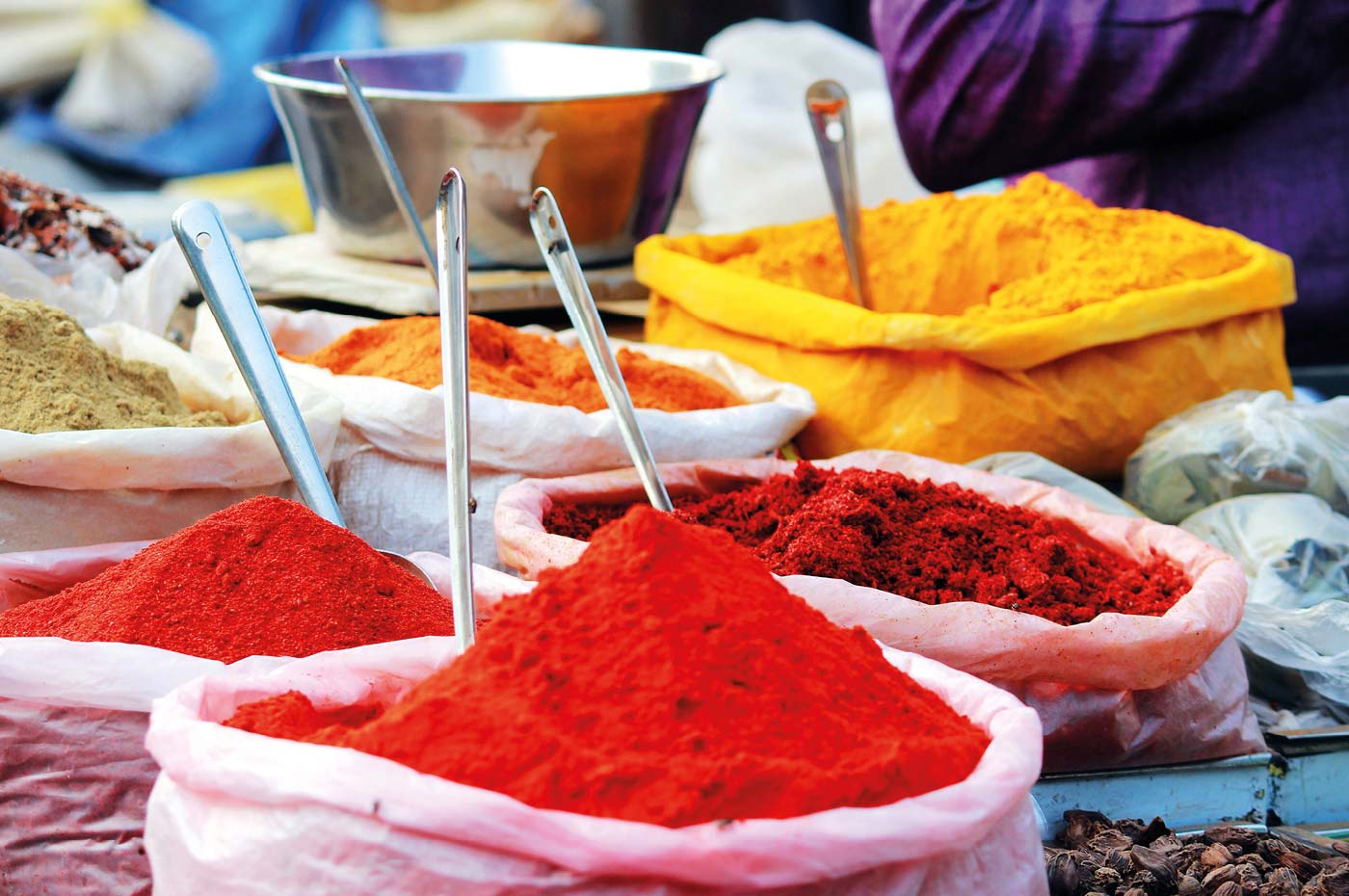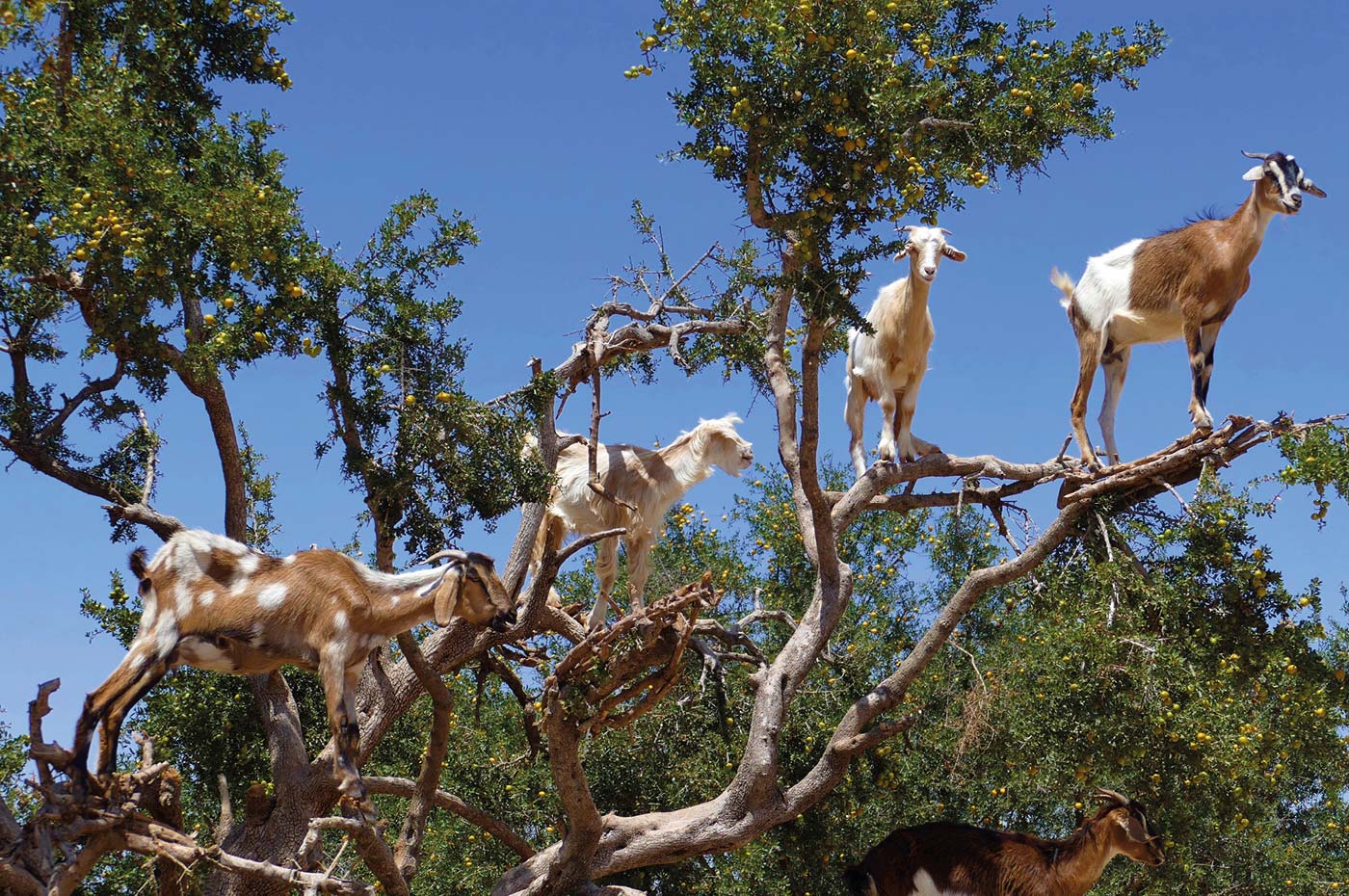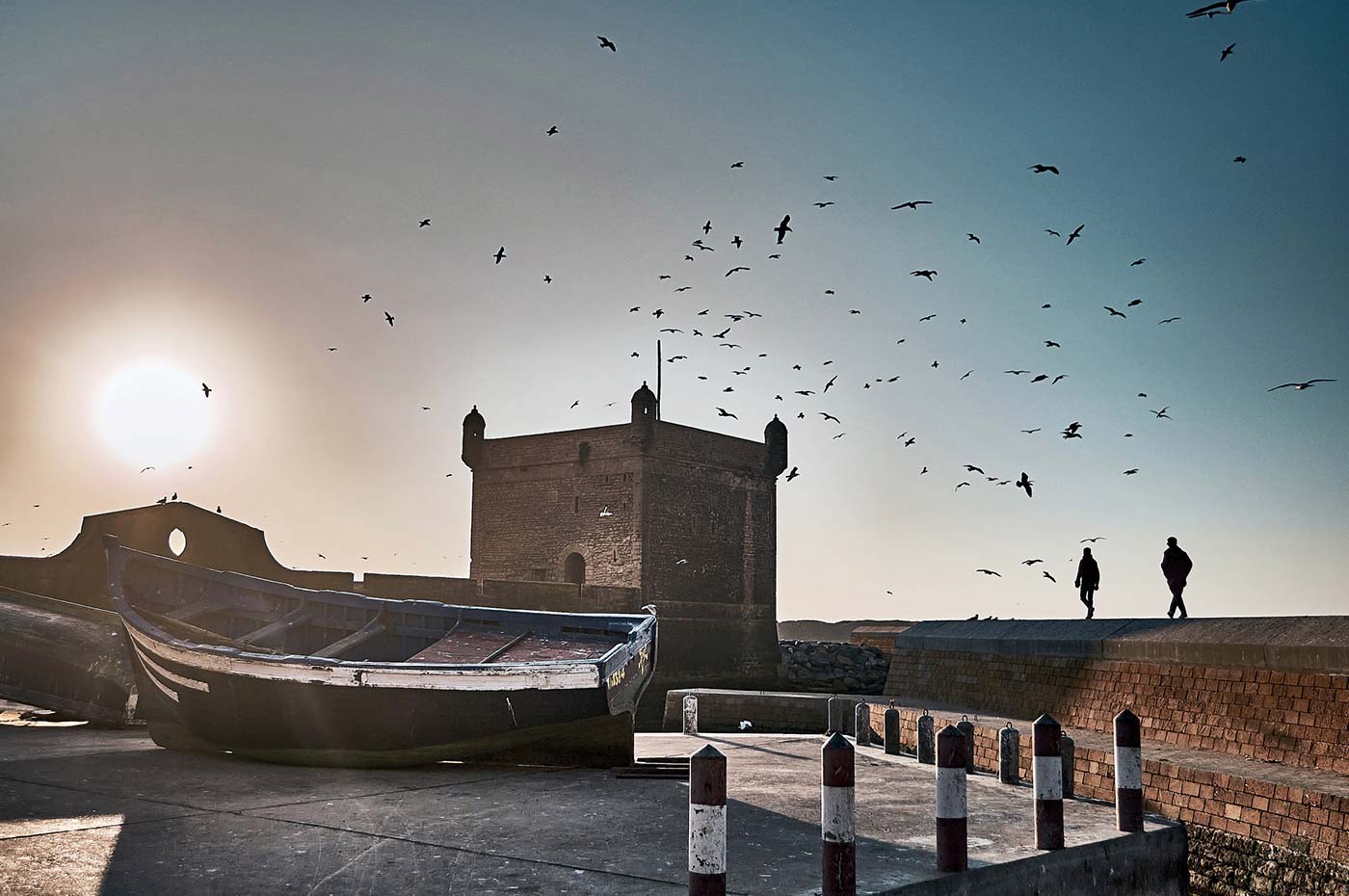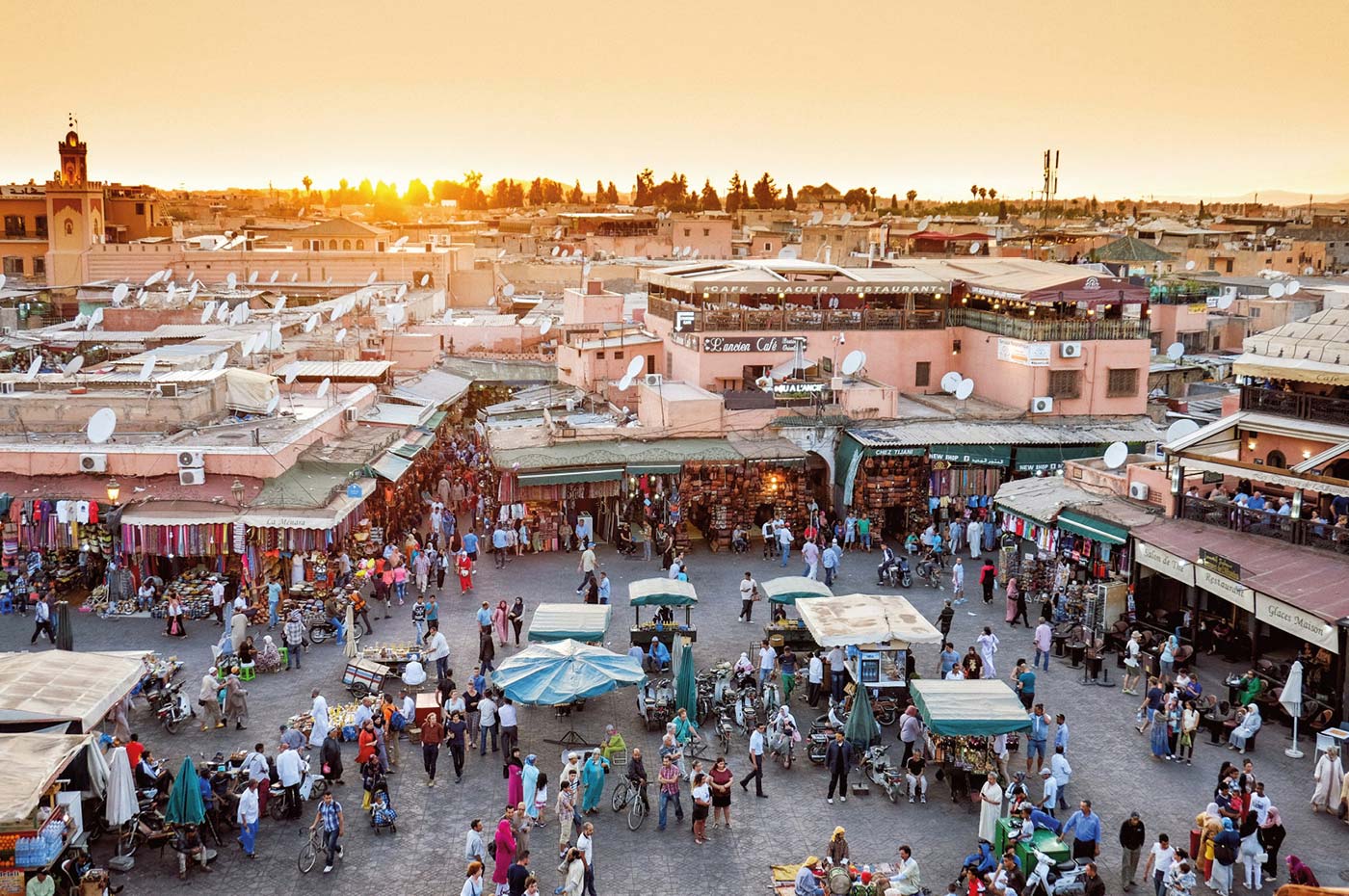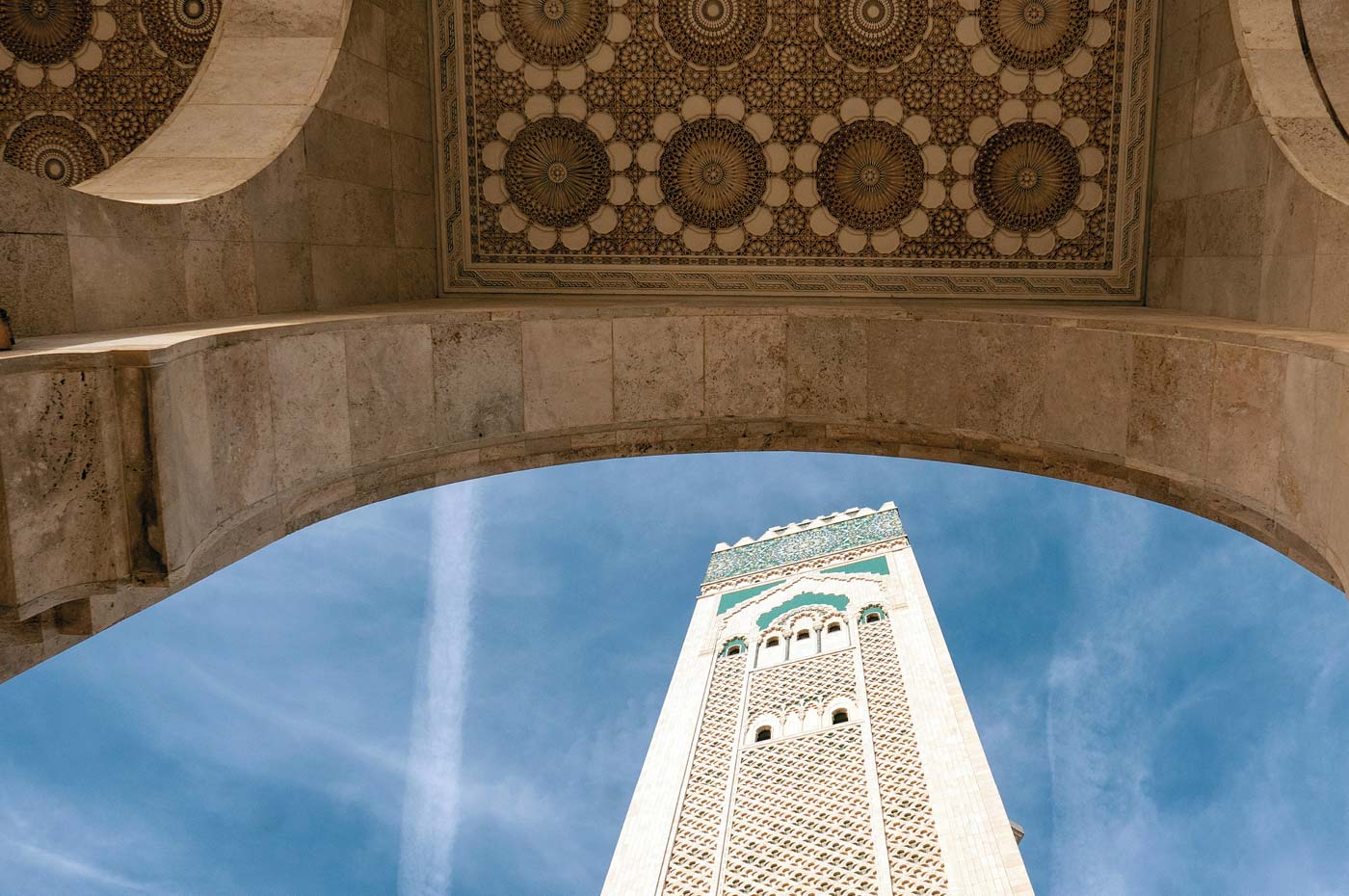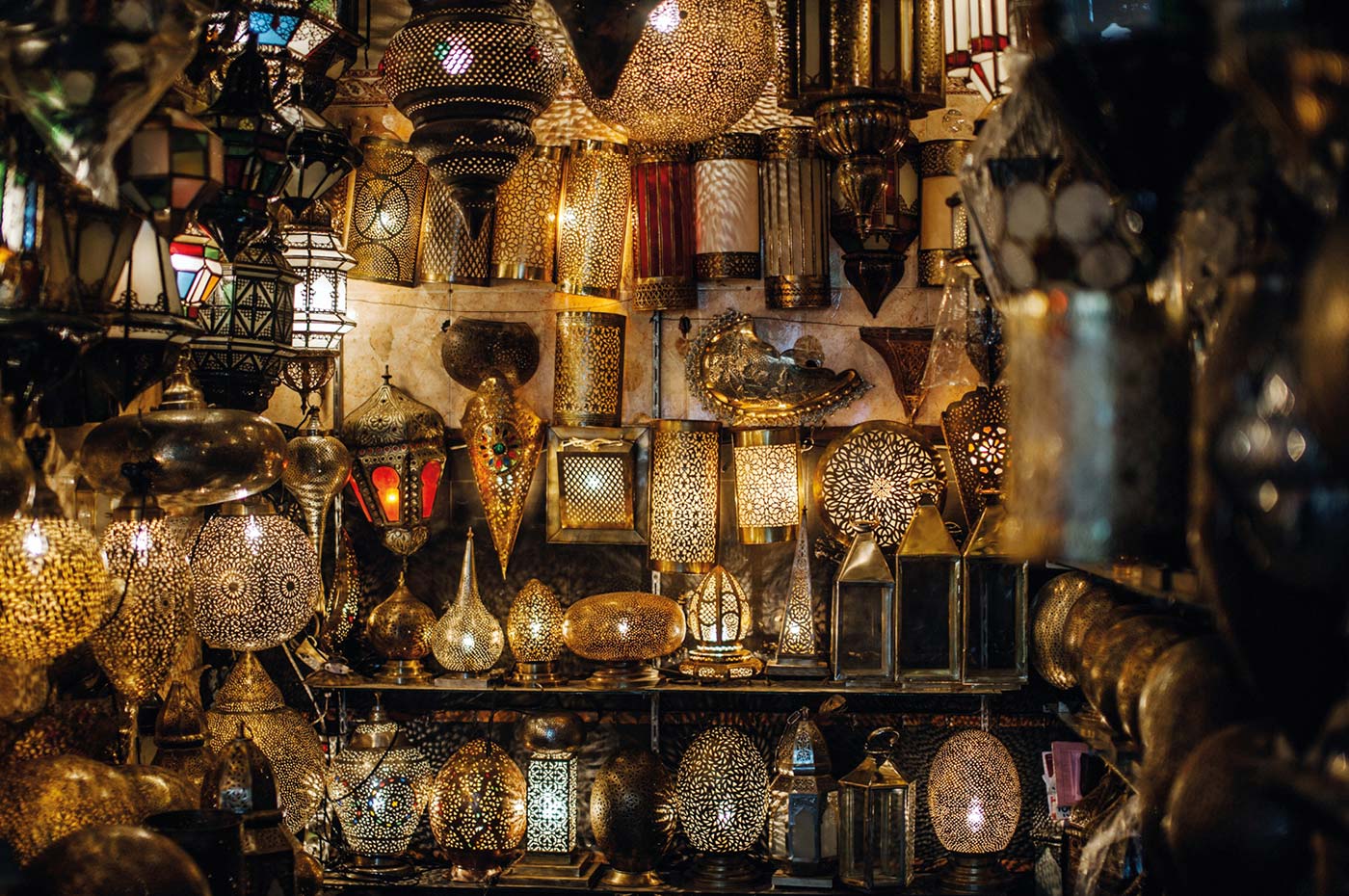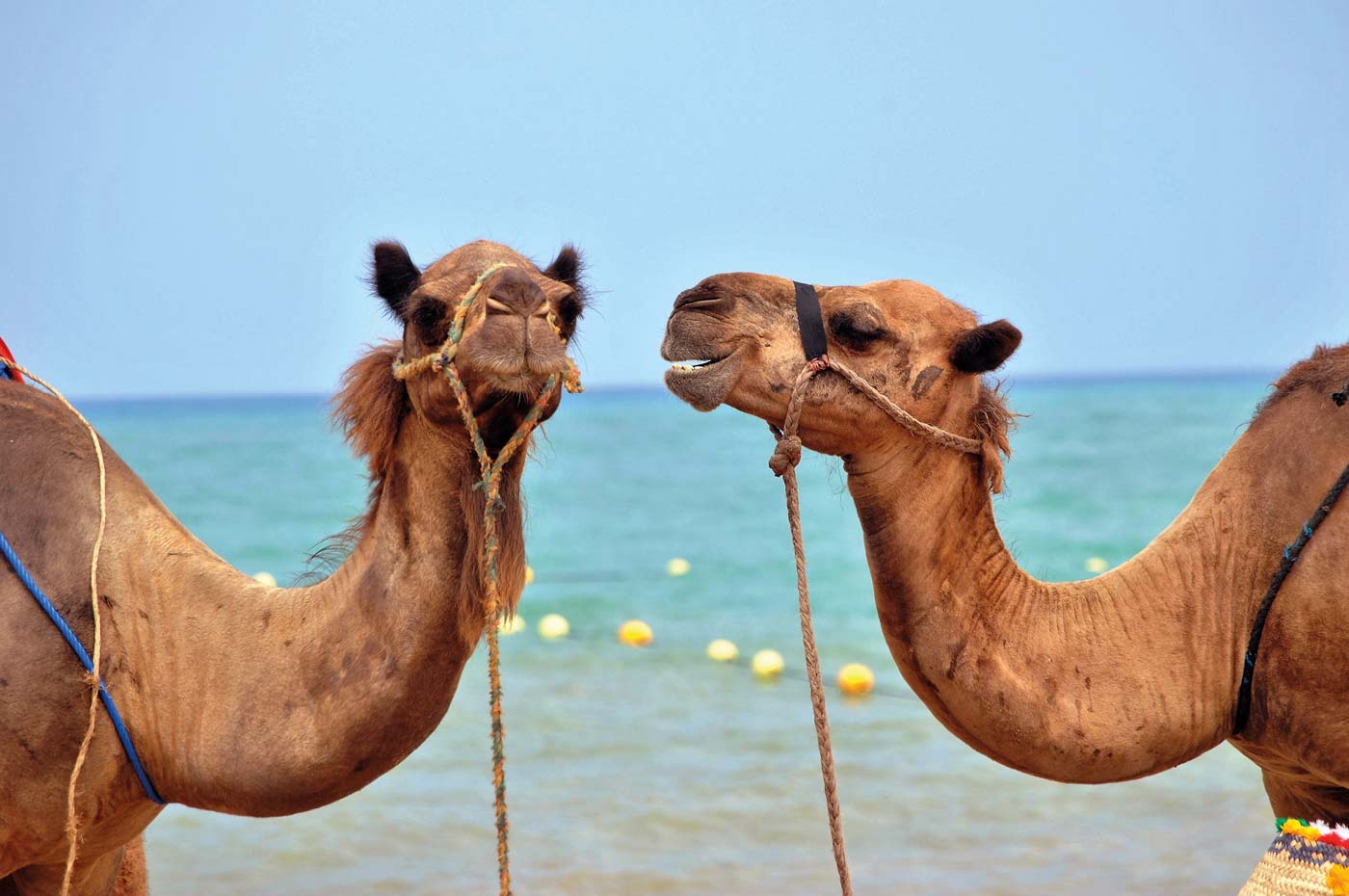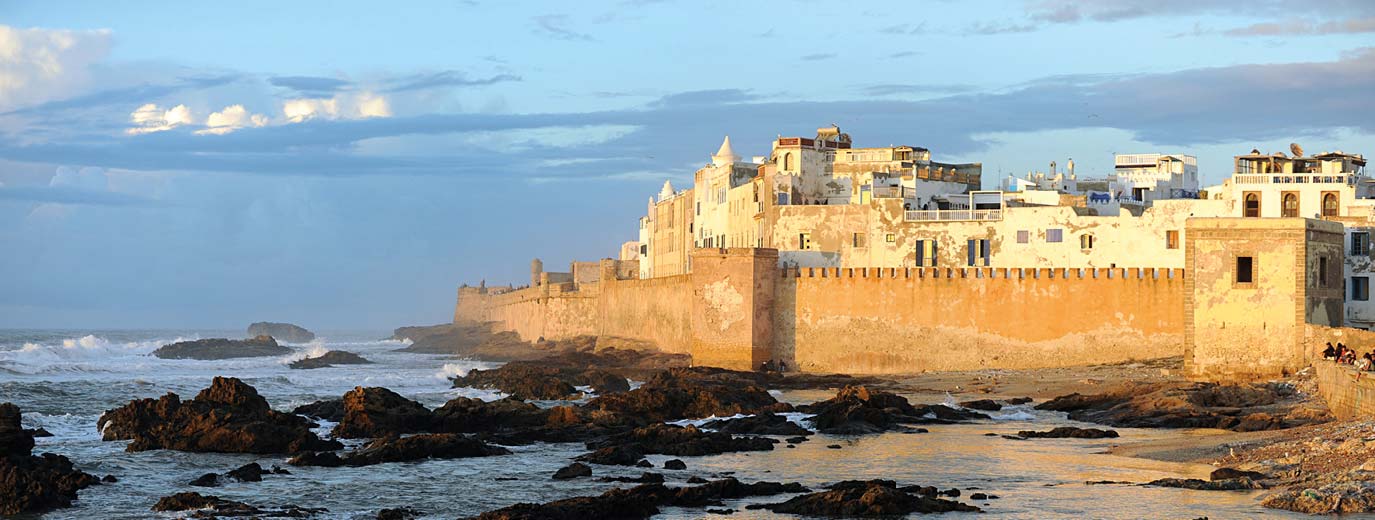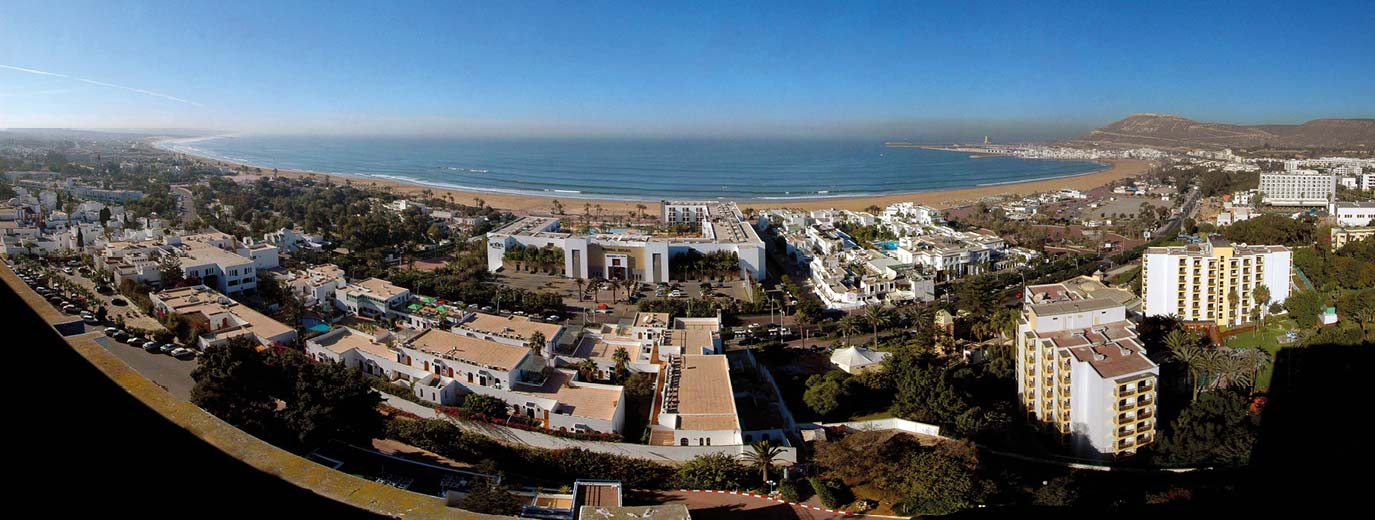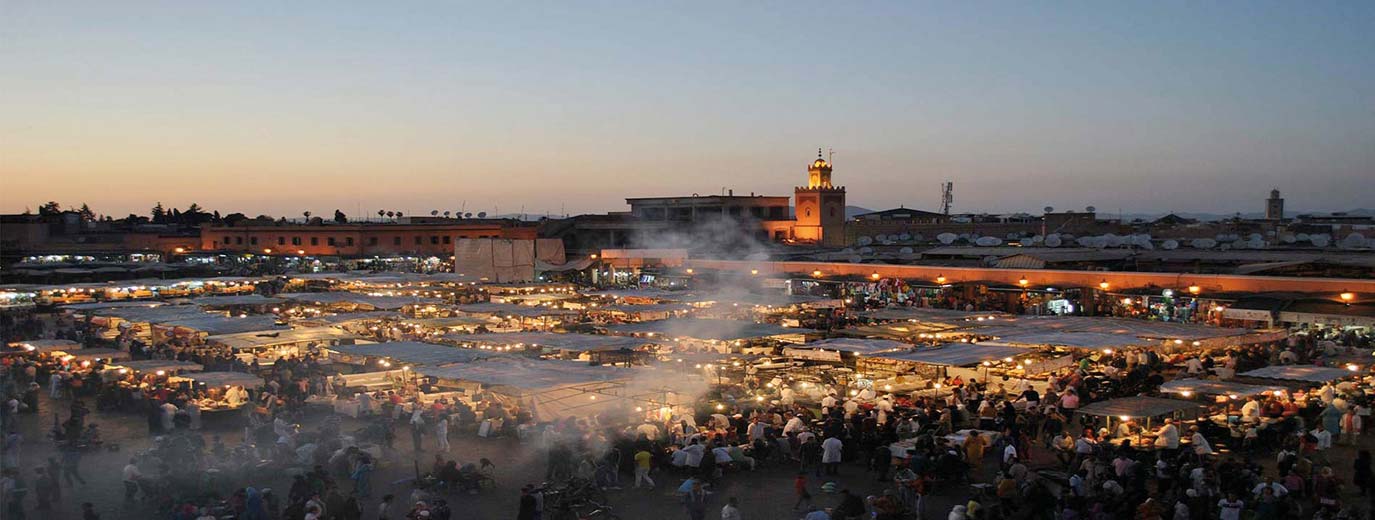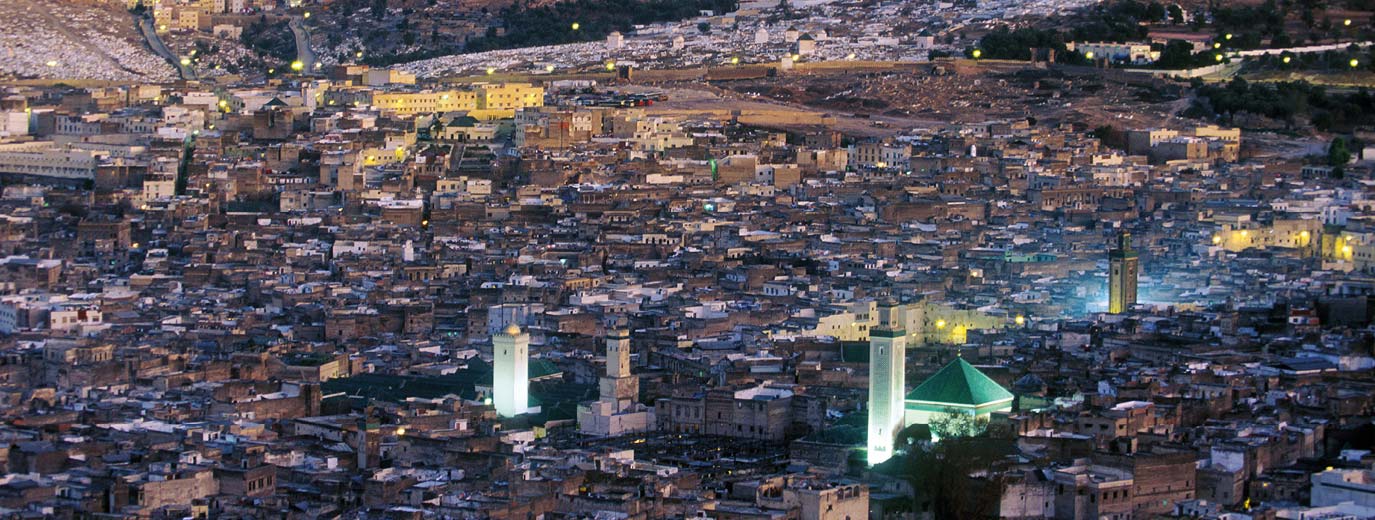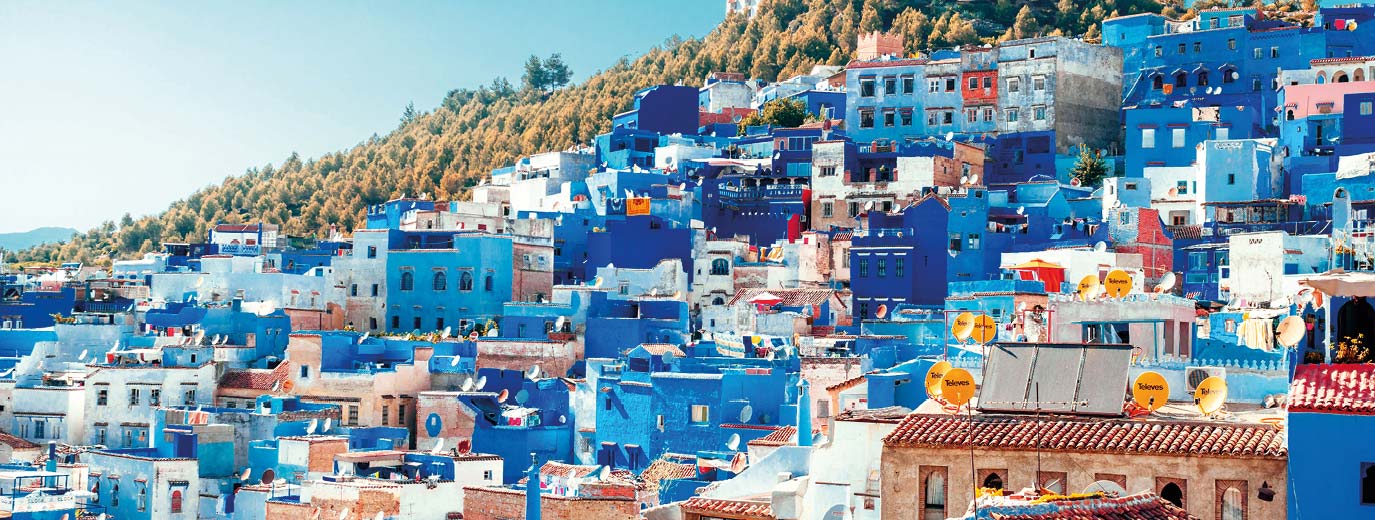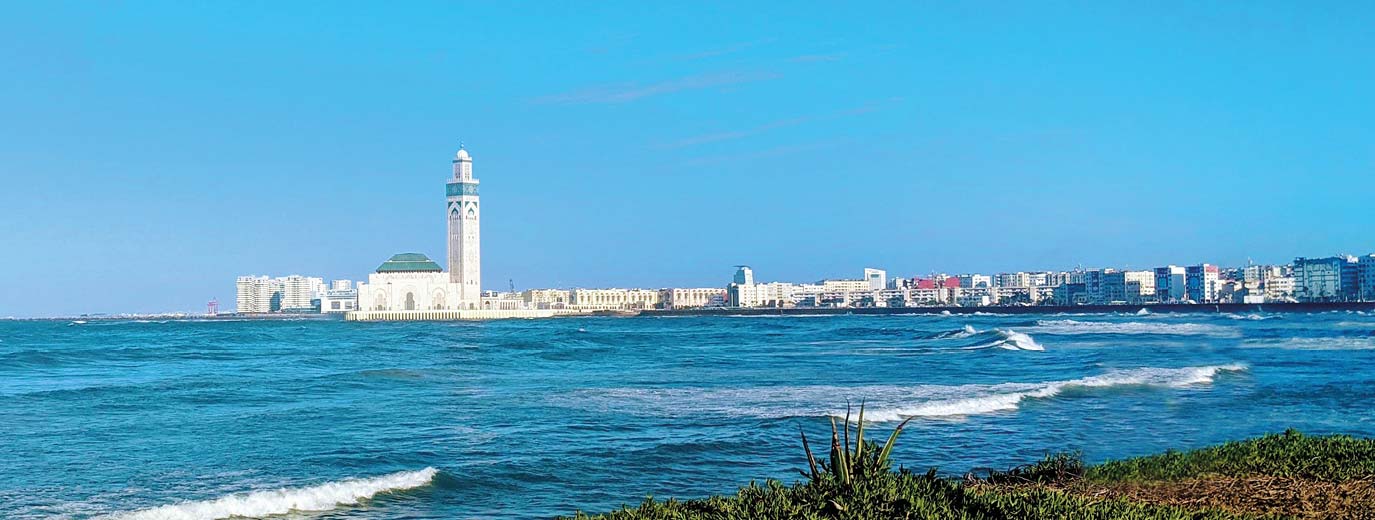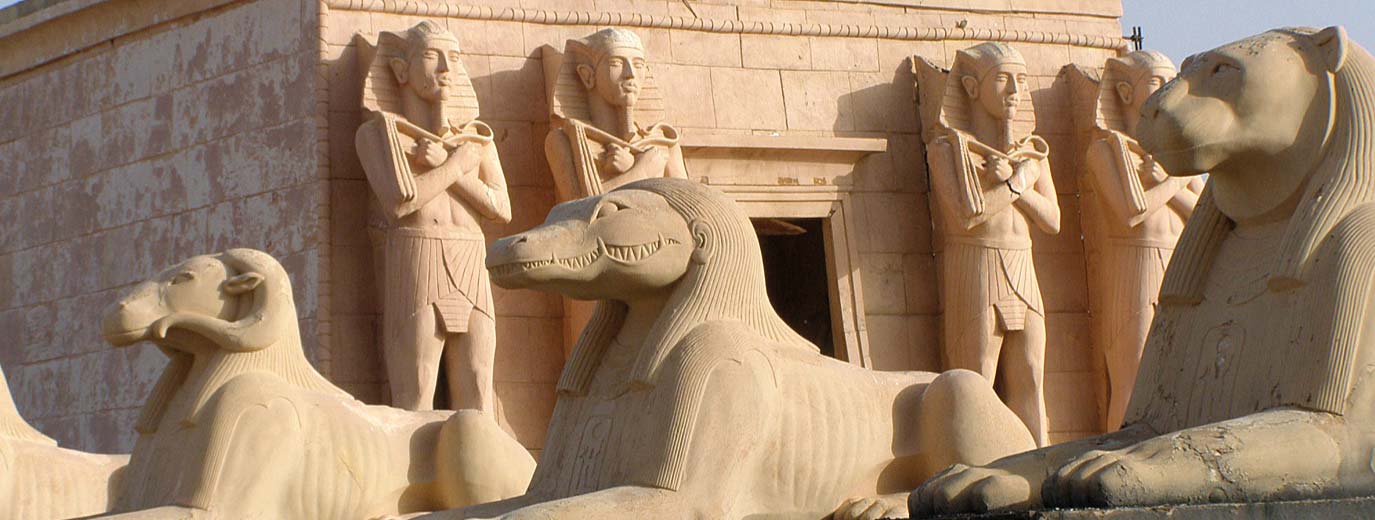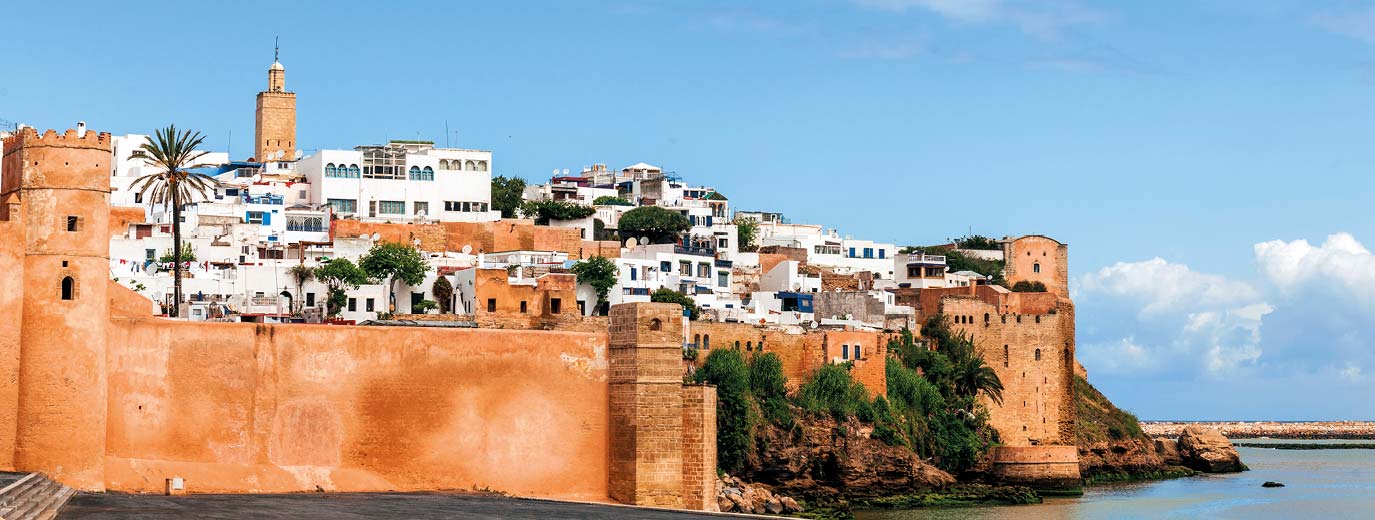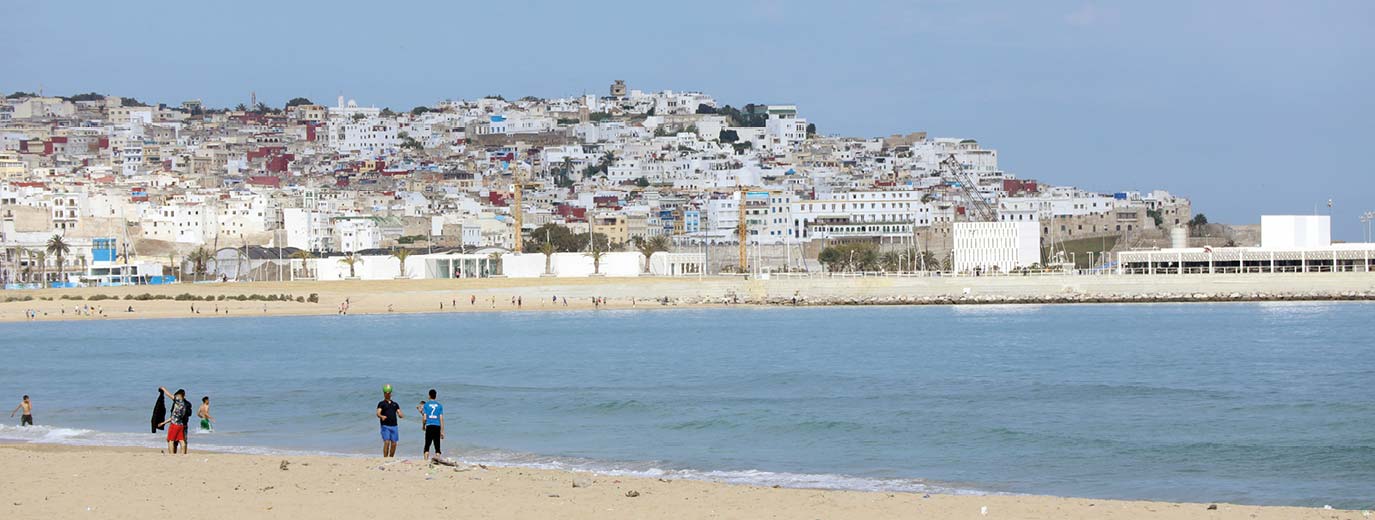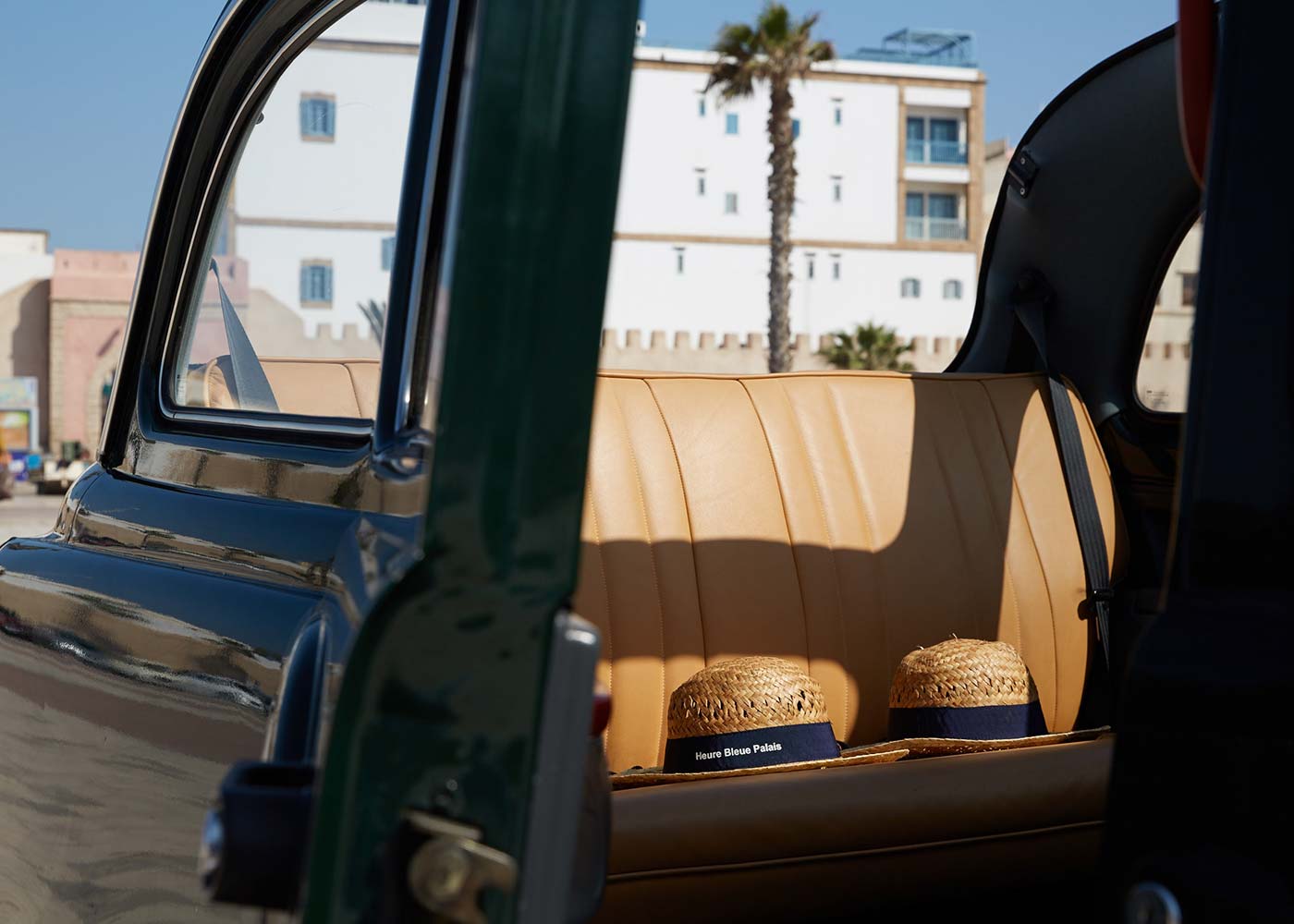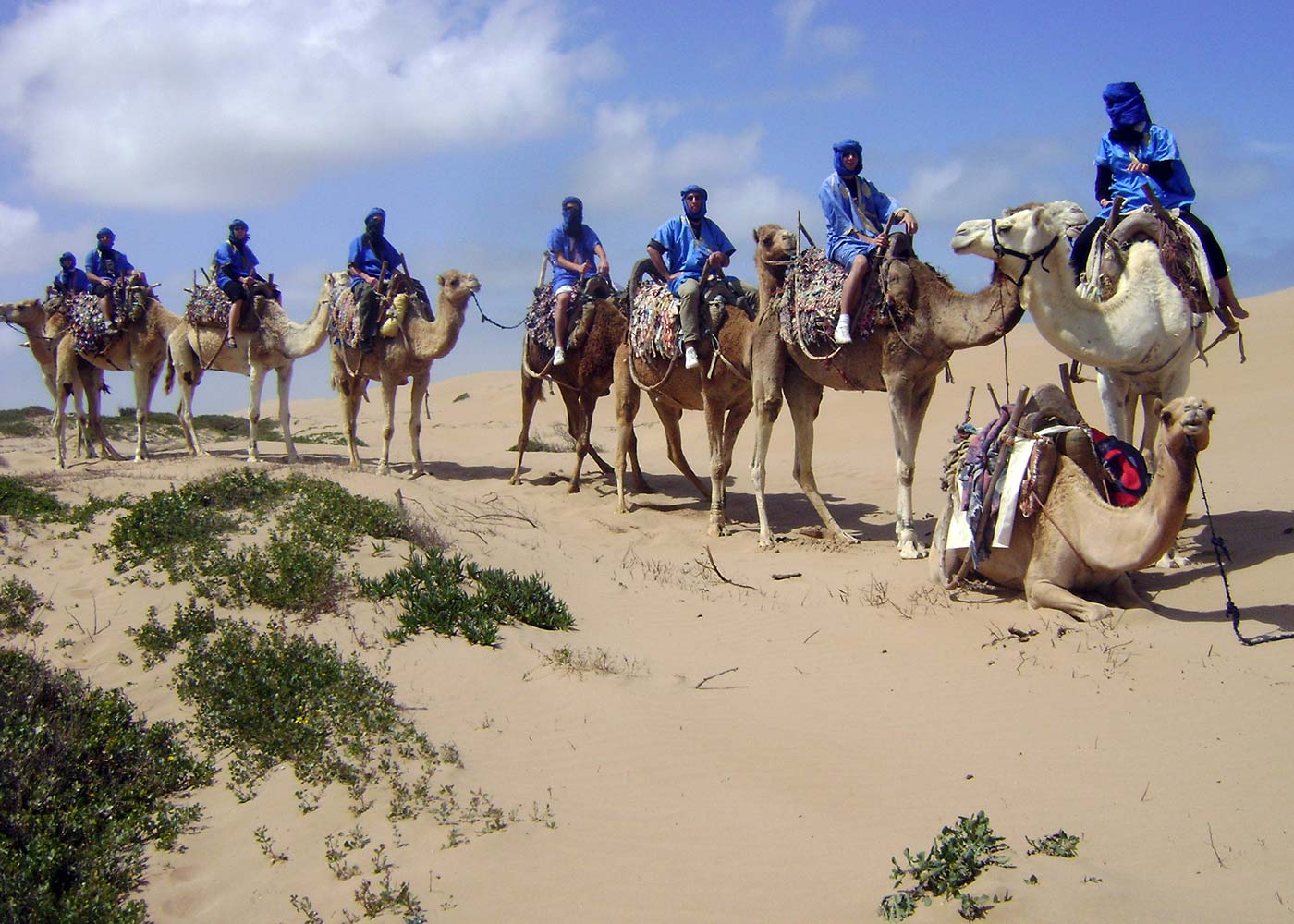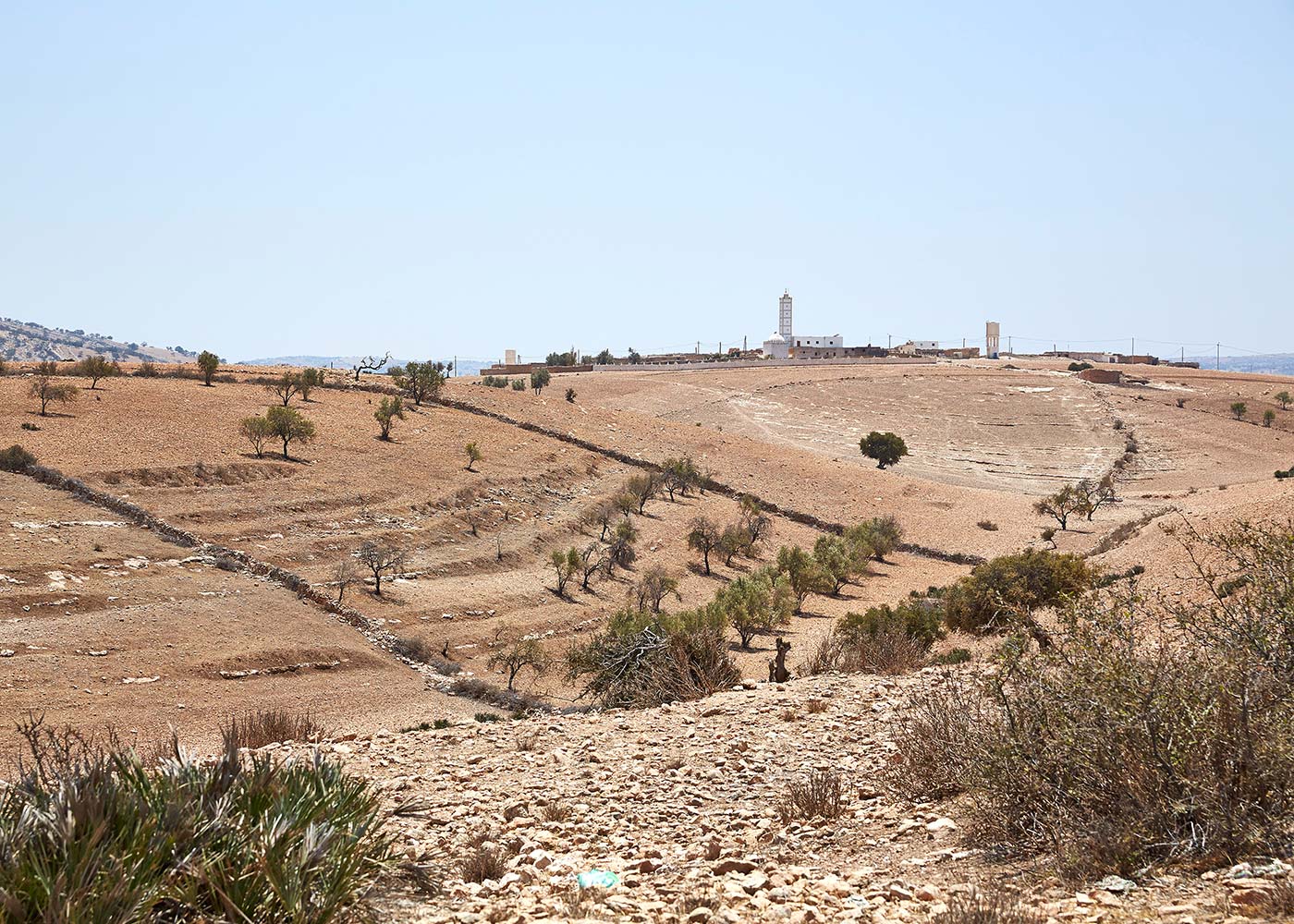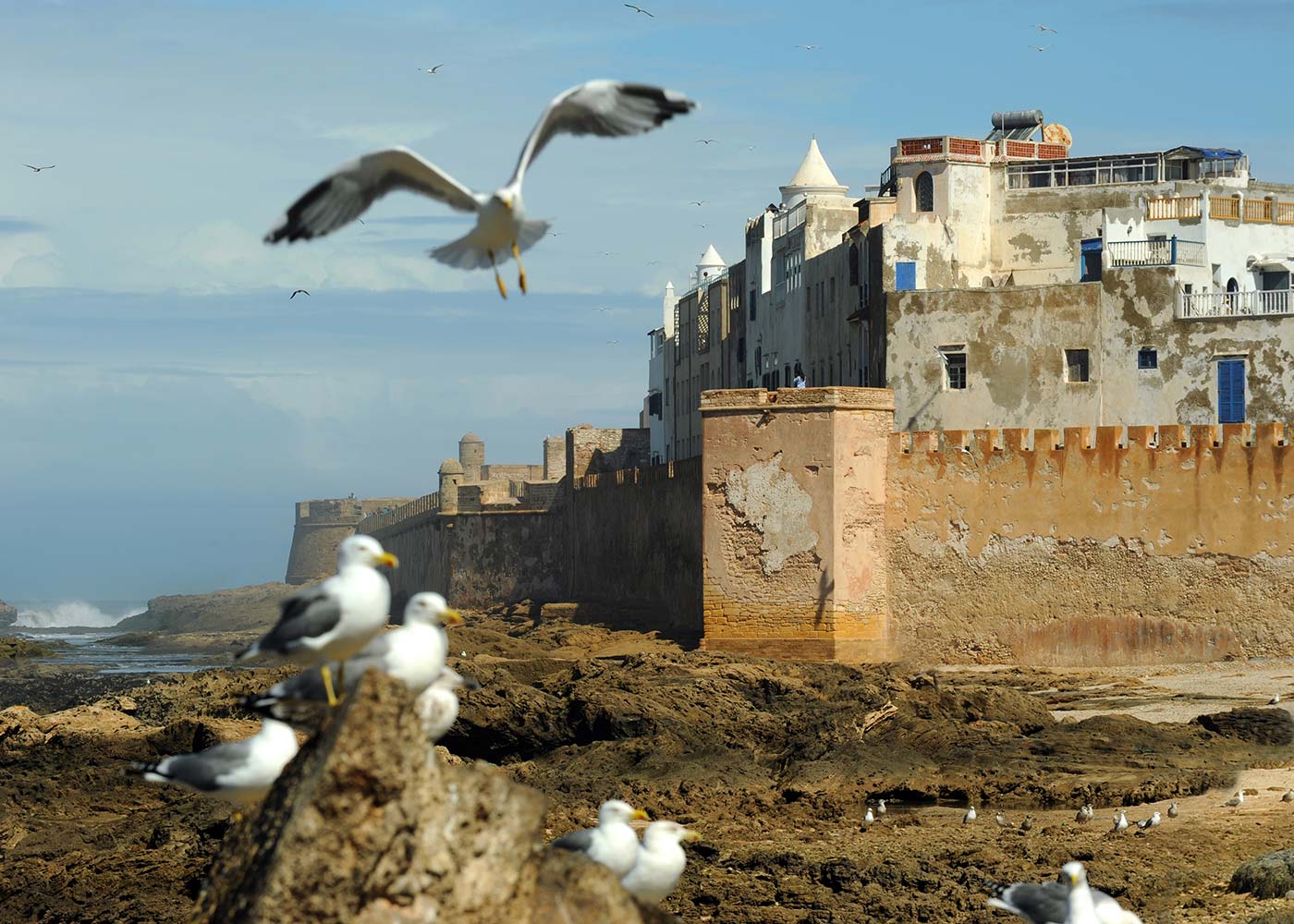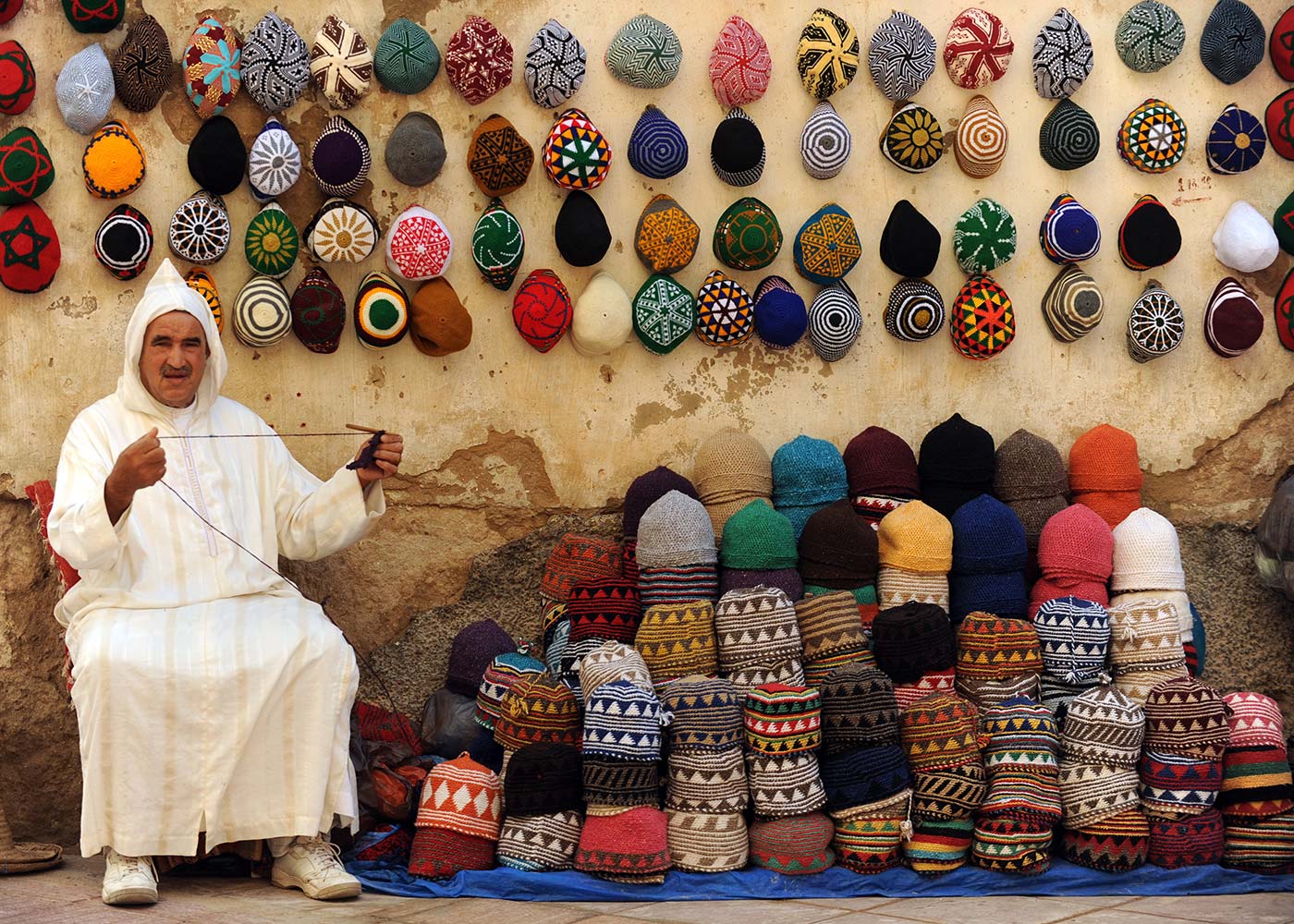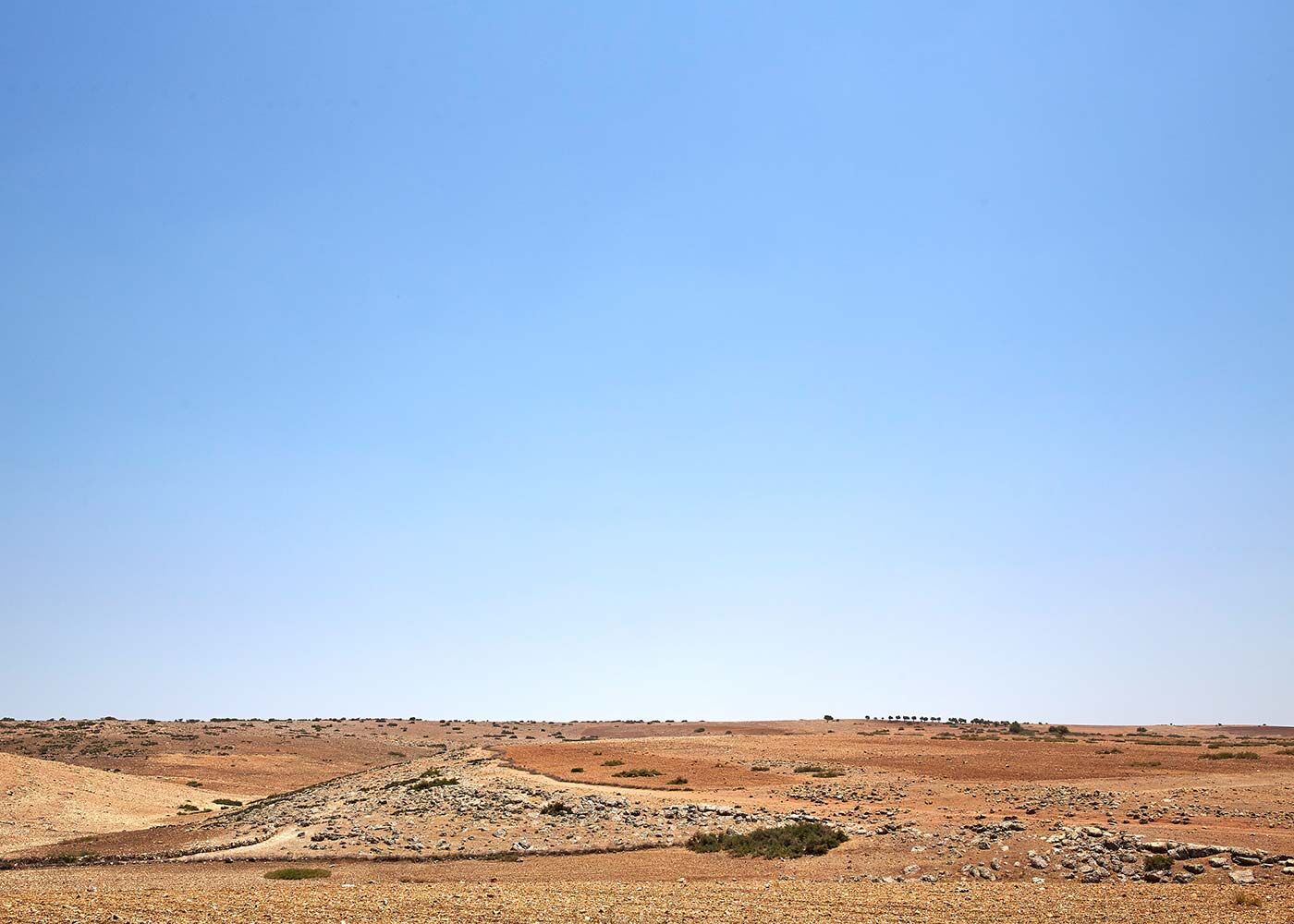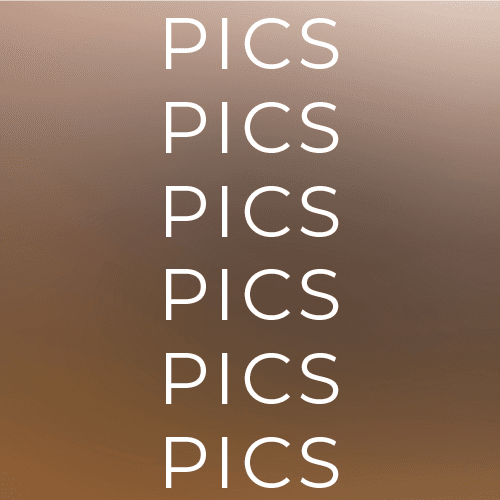Morocco – Your Next Destination
We proudly present Morocco, your next destination. In the north-west of Africa by the Atlantic Ocean and Mediterranean Sea, between the Atlas Mountains and the Atlantic coast, between Africa and Europe, Morocco’s truly diverse landscape of majestic peaks, impressive deserts and superb beaches – each one a magical experience.
Morocco’s climate is equally varied. The northern Atlantic coast enjoys the warm summers and mild winters typical of the Mediterranean, while the regions around the Atlas Mountains are hot in summer and snowy in winter. Inland, summers are hot and dry, while the winter months turn cold both on and away from the coast.
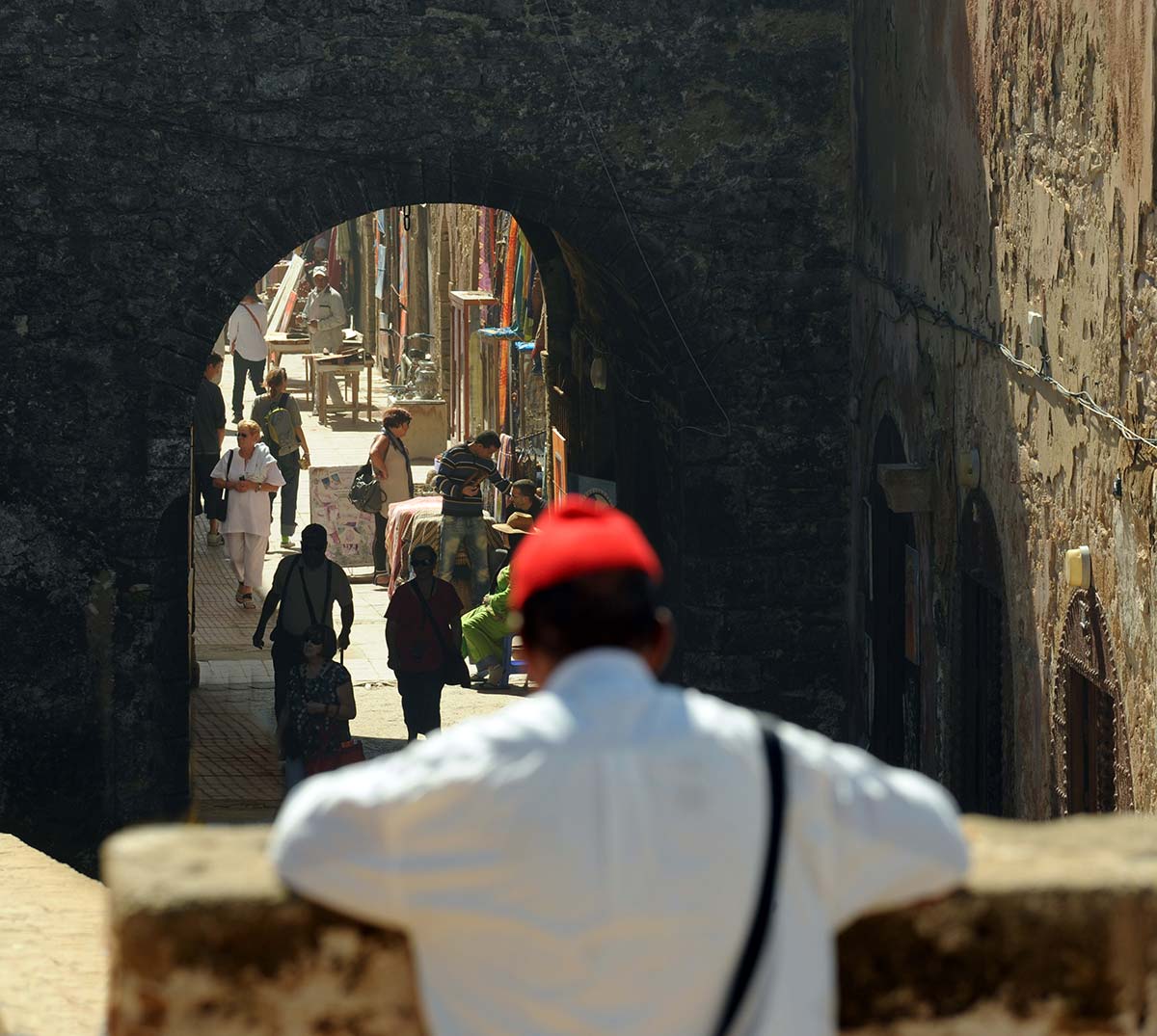
Essential Info
The gateway to Africa, Morocco is easily and safely accessible in less than four hours from London airports.
Fact Box
The Story
Ask any traveller what they find so fascinating about Morocco, and you’ll never receive the same answer twice. Some people are attracted to the royal cities and their medinas, which have been proclaimed UNESCO World Heritage Sites. Others are drawn by the incredible power of the desert and its palm-lined oases, or the extraordinarily rugged mountains. Some love to visit the luxurious beaches and golf courses, spend their nights in the sophisticated hotels favoured by Hollywood stars and explore the culinary delights of Morocco’s restaurants and gourmet scene.
Moroccan Mint Tea
A day without Morocco’s national drink, mint tea, would seem unimaginable. This refreshing drink is served several times a day: for breakfast, after a meal or at the end of the day. Mint tea is more than a beverage; it’s an integral part of the Moroccan way of life and a symbol of hospitality. Green tea with fresh mint is also served during business transactions and when haggling at the bazaar. The tea is usually prepared by the head of the family.
Authentic Cuisine
Morocco’s delicious food combines Arabic, Mediterranean and African influences. Wherever you go in the souks and markets, you’ll find fresh fruit and vegetables as well as freshly caught fish. Herbs and spices are also used extensively, with saffron, cumin, coriander, cloves and cinnamon providing indispensable ingredients. The best-known Moroccan spice is ras el hanout – a mix of around 35 different spices used in the preparation of couscous and tagines, Morocco’s national dishes.
Couscous is one of Morocco’s national dishes and traditionally eaten on Fridays after prayers. Couscous is made of small steamed balls of crushed durum wheat, semolina, barley or millet and is traditionally served with a meat stew spooned on top – usually poultry, beef or lamb – as well as vegetables including tomatoes, potatoes, cabbage, chickpeas and pumpkin.
A tagine is a Maghrebi dish named after the earthenware pot in which the food is cooked. The tagine pot consists of a circular base and a cone-shaped cover. Poultry, lamb, goat or camel meat and fresh vegetables are slowly braised at low heat inside the pot. There are countless varieties, savoury and sweet, of this North African stew, which is typically cooked on a charcoal fire. When it’s ready, the whole tagine comes to the table and everyone helps themselves.
“Morocco combines its own traditions with European lifestyle and warm hospitality.
The Gateway to Africa
Morocco envelops all of your senses from the moment you arrive. You’ll see, hear, smell, taste and touch a world of vivid colours, stunning patterns, beautiful rugs, delicious herbs and unfamiliar scents. Experience one million years of history, tradition, culture and art up close in UNESCO-protected medinas with their vibrant souks, majestic palaces and the enormous fortresses of the royal cities. Magical riads and gardens. Idyllic beaches and promenades.
Whether it’s a city break fit for royalty, a luxurious beach holiday, a golfing trip or a desert adventure, Morocco’s cultural riches offer an array of unforgettable experiences. Follow in the footsteps of Berbers, kings and film stars as you explore a country with far more to offer than just camel rides beneath the stars.
Explore Morocco
Morocco & Middle East Representative
Your Private Concierge
SAÏD BOUMAHDI
Explore a World of Wonders With Your Private Concierge
INSIDER TIPS
Your Private Concierge for Morocco
A private concierge can organise your trip from A to Z and take you from place to place, discreetly withdrawing as you enjoy your experience. Unless, that is, you go shopping in a traditional market where they will be delighted to help with the haggling! Your private concierge can arrange restaurant visits and will also take you there on request; they will set up teeing off times at the golf course, horse riding on the beach or some precious me time at the hammam.
A Holiday With Added Value: Authentic and Stress-Free
Thanks to in-depth expertise, exceptional local knowledge and their understanding of the country and people, a private concierge can add special inspiration to your holiday. Guests experience the country from the point of view of a local. Private concierges know the hidden places, the secluded cafés and restaurants. Far from the mainstream and typical travel guide content, your private concierge lets you look – and step – behind the scenes so you become a participant in local life.
A Journey as Unique as the Destination Itself
Discover Morocco with Saïd Boumahdi, our local Morocco representative and private concierge. All-inclusive deluxe – including insider tips on the must-see places in all nine destinations and the best locations for your unforgettable Moroccan adventure. Explore Morocco’s enchanting diversity from the ocean to the desert on a holiday tailored to your needs and wishes. Luxury riads and the best hotels in Morocco. Extraordinary experiences courtesy of your local Pur Life Maroc private guide. A holiday as unforgettable as Morocco itself.
© Photo credits: Mike Huber, Said Boumahdi, unsplash, pixabay, iStock

